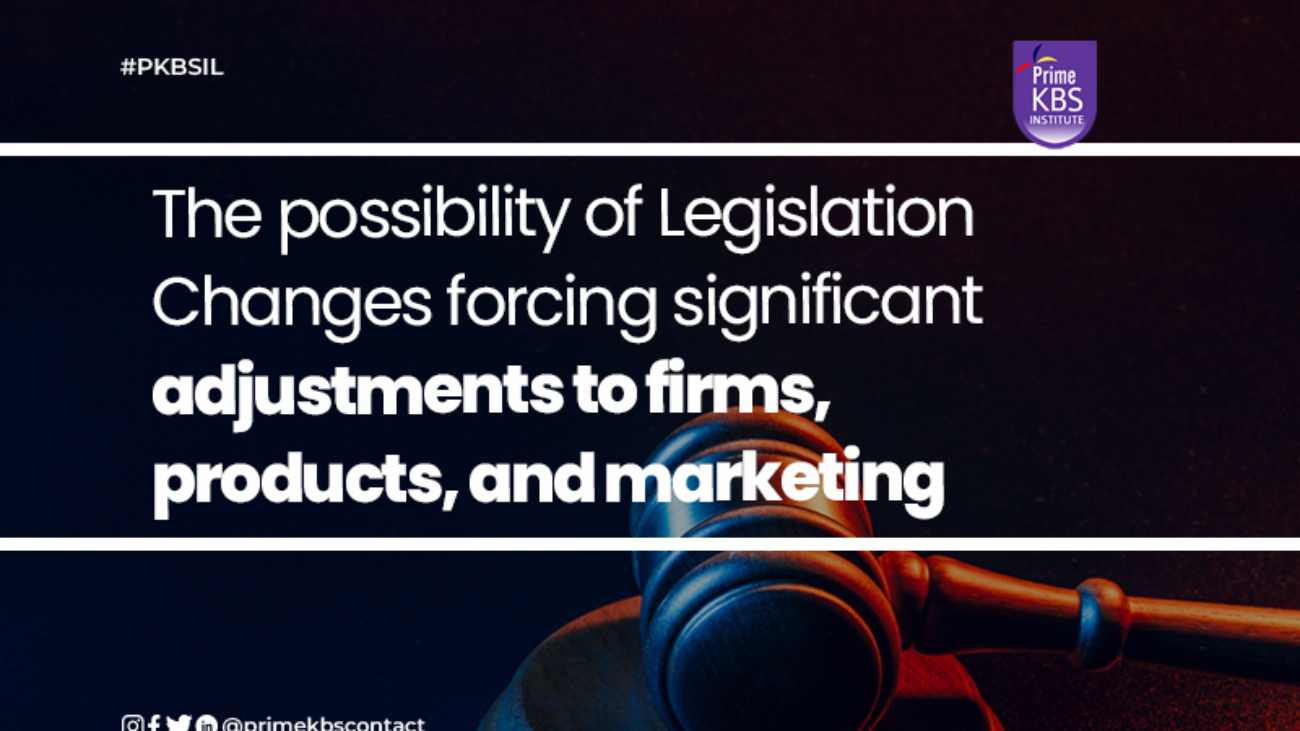When written effectively, a business plan can help raise capital, inform decisions, and draw new talent
Companies of all sizes have one thing in common: they all started small. For those who are just getting started, starting small is the way to go. Learn how to make your first hire, deal with administrative issues, and set yourself up for success.
Writing a business plan is frequently the first step in taking an idea and turning it into a reality. As you write, your ideas begin to coalesce into a strategy, and a path forward emerges. However, business plans are not just for startups; established businesses can benefit from revisiting and rewriting theirs as well. In any case, formal documentation can help to motivate employees, entice investors, and inform future decisions.
The task of writing a business plan—a document filled with so much detail and documentation—can feel daunting regardless of your industry or the size of your team. Don’t let that deter you; there are simple steps to getting started.
What is a business plan and why does it matter?
A business plan is a formal document that outlines your company’s goals, direction, finances, team, and future plans. It can be geared toward investors in order to raise capital, or it can be used internally to align teams and provide direction. Extensive market research, competitor analysis, financial documentation, and an overview of your business and marketing strategy are all typical components. A business plan, when written effectively, can help prescribe action and keep business owners on track to meeting business goals.
Who needs a business plan?
A business plan can be especially useful during a company’s early stages of growth, serving as a guiding force amid the uncertainty, distractions, and, at times, rapid developments that come with starting a business. A business plan for an enterprise company should be a living, breathing document that guides decision-making and facilitates intentional growth.
You should have a game plan for every major commitment you’ll have, from early-stage founder agreements to onboarding legal professionals. You can’t go out on funding rounds or participate in accelerators unless you plan ahead of time.
How to make a business plan and seven components every plan needs
While there is no set format for writing a business plan, there are several elements that are typically included. Here’s what’s important to consider when writing your business plan.
1. Executive summary
The executive summary, which should be no more than half a page long, should briefly introduce your company and describe the purpose of the business plan.
Are you creating the plan in order to attract capital? If so, state how much you hope to raise and how you intend to repay the loan. If you’re writing the plan to align your team and provide direction, explain what you hope to accomplish with this alignment, as well as the size and state of your current team.
The executive summary should explain what your company does and give an overview of your financial health and major accomplishments to date.
2. Company description
To properly introduce your company, you must also describe the broader industry. What is the monetary value of your market? Are there market trends that will impact your company’s success? What is the current state of the industry and its potential for the future? Use data to back up your claims, and make sure to include all relevant information—both positive and negative—to give investors and employees a complete and accurate picture of your company’s environment.
Continue by describing your company and what it offers to its customers. Are you a sole proprietor, limited liability company, partnership, or corporation? Are you an established business or a fledgling startup? What is the composition of your leadership team, and how many employees do you have? This section should provide historical and future context for your company, including its founding story, mission statement, and future vision.
It’s essential to showcase your point of difference in your company description, as well as any advantages you may have in terms of expert talent or leading technology. This is typically one of the first pieces of the plan to be written.
3. Market analysis and opportunity
In order to complete a business plan, more time should be spent on research and analysis than on writing the plan itself. Understanding the market’s size, growth, history, future potential, and current risks is critical for your company’s success, and these considerations should be described here.
In addition, research into the target demographic of your product or service is essential. This could take the form of fictional customer personas or a broader overview of your existing and potential customers’ income, location, age, gender, and purchasing habits.
Though the research should be objective, the analysis in this section is a good place to reiterate your point of difference and the ways you plan to capture the market and surpass your competition.
4. Competitive analysis
It is critical to provide an in-depth analysis of your competitors in addition to explaining the elements that distinguish you from them.
This research should delve into your direct and indirect competitors’ operations, financials, history, leadership, and distribution channels. It should analyze these competitors’ value propositions and explain how you can compete with or exploit their strengths and weaknesses.
5. Execution plan: Operations, Development, Management
This section describes how you intend to carry out the tasks outlined in the plan. It should contain details about your organization’s structure as well as the day-to-day operations of your team, contractors, and physical and digital assets.
Include your company’s organizational chart, as well as more detailed information about the leadership team: Who exactly are they? What is their history? What are their contributions? Include the resumes of key members of your team.
Your startup’s execution plan should include how long it will take to start operations and how much longer it will take to reach profitability. It’s a good idea for established businesses to outline how long it will take to execute your plan and how you will change existing operations.
If applicable, include your strategy for recruiting new team members and expanding into new markets.
6. Marketing plan
As you scale operations or launch a new strategy, you must have a comprehensive marketing plan in place, which should be shared with your stakeholders and employees. This section of your business plan should outline how you intend to promote your company, attract customers, and retain existing clients.
Include brand messaging, marketing assets, as well as a timeline and budget for engaging consumers across multiple channels. Include a marketing SWOT analysis in your list of strengths, weaknesses, opportunities, and threats.
Evaluate the way your competitors’ market themselves, and how your target audience responds—or doesn’t respond—to these messages.
7. Financial history and projections
Within your business plan, you must disclose all finances involved in running your company. This is done so that your shareholders understand how you’re expected to perform in the future and how far you’ve come.
Your income statement, which details annual net profits or losses; a cash flow statement, which shows how much money you need to launch or scale operations; and a balance sheet, which shows financial liabilities and assets, should all be included.
An income statement is the measure of your financial results for a certain period and the most accurate report of business activities during that time, [whereas a balance sheet] presents your assets, liabilities, and equity. “It’s crucial to understand the terms correctly so you know how to present your finances when you’re speaking to investors.”
In addition, if you’re asking for funding, you will need to outline exactly how much money you need as well as where this money will go, and how you plan to pay it back.
Read more
Understanding Investment Selection Account
5 Major Advantages of Developing New Skills
Ways To A Convenient Frugal Living











